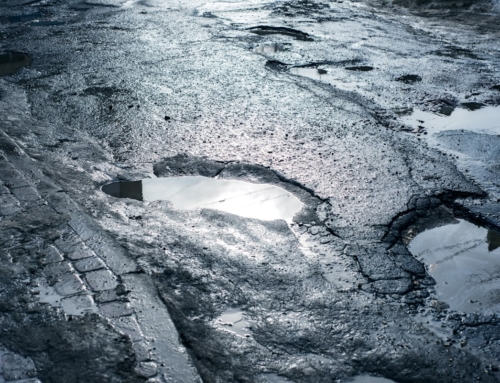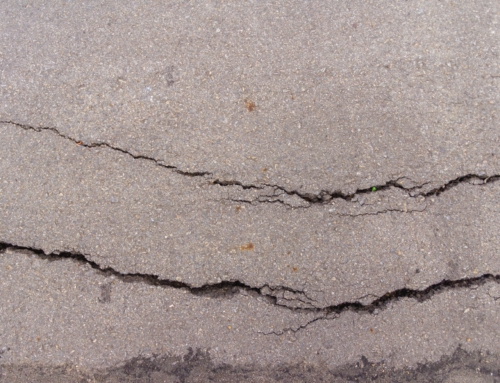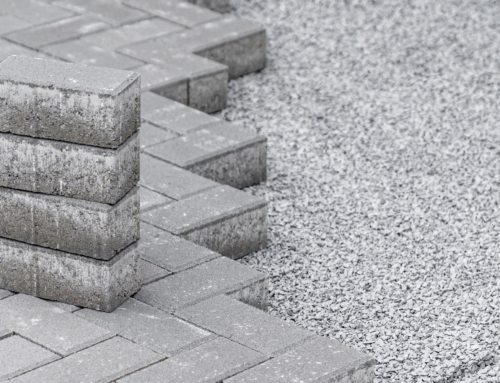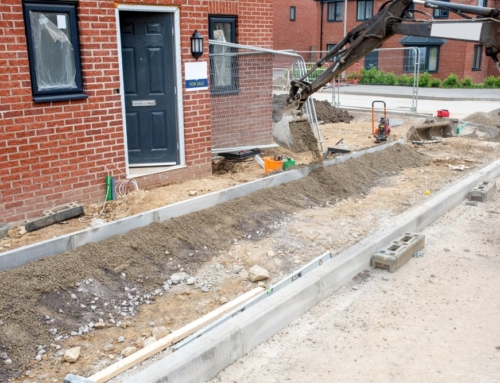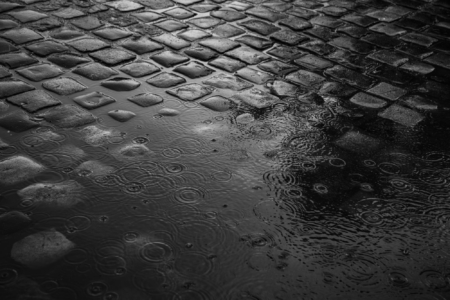
How to fix surface water damage & drainage issues
Outdoor surfaces like roads, playgrounds, patios and driveways can all get damaged by things like weed growth and heat. They can also develop issues with surface water drainage, resulting in long-term damage if left unaddressed.
Whether water pools on a driveway, your patio gets flooded, or tarmac and paving start to deteriorate, surface water is never a good sign and can be costly to fix. Here in the UK, we have lots of heavy rainfall throughout the year, so proper surface drainage is essential to protect your property and site safety.
Here’s how to spot problems with your surfaces early and tackle them effectively.
What are the problems associated with surface water?
Surface water that doesn’t drain away properly can cause huge issues over time, including structural problems where tarmac and concrete become weakened. It may also lead to subsidence, increase accidents (if conditions are slippery) and damp inside buildings if water pools at foundations. In extreme cases, poor drainage can also create localised flooding, damaging gardens, sheds and garages.
How do you identify surface water damage?
Surface water damage shows up via puddling after rainfall, soft or eroded patches in tarmac or paving, water stains on walls and kerbs, algae growth, and even cracks in driveways. If water lingers for more than a few hours after rain has stopped, the surface may not be draining effectively. Over time, these symptoms can cause more serious structural damage.
Why do you have a problem with surface water drainage?
Poor drainage is often caused by something like improper surface gradients, blocked drains or compacted soil under permeable materials. In older properties, outdated systems may be unable to cope with today’s higher rainfall levels. New build properties can also suffer if drainage was overlooked during construction. In many cases, surfaces may look good, but a lack of underlying preparation can negatively affect water runoff.
How do you deal with surface water drainage issues?
The right solution for surface water drainage problems will depend on the cause. For smaller issues, fixing the source is often the best course of action. For example, clogged drains can be unblocked, gravel soakaways can be added, and some surfaces can be regraded to encourage a better runoff. For large-scale damage, professional intervention is required to install proper surface drainage systems. UK Surfacings sometimes gets calls to resurface spaces with a more permeable or porous material to prevent rainwater buildups.
What is the best way to fix water damage?
So, can water damage be repaired? Well, we always start with a proper surface assessment to understand the underlying drainage issue and how the surface is currently being affected. For materials like resin or tarmac, patching or resurfacing is often a good option. In more severe cases, a complete surface removal may be required with proper drainage layers installed. Using an experienced surfacing contractor is the key to success here.
Free resurfacing quotes in Surrey, South London and beyond
UK Surfacings Ltd is a resurfacing contractor for Sevenoaks, Sussex and surrounding areas. For a free quote, contact us today.

